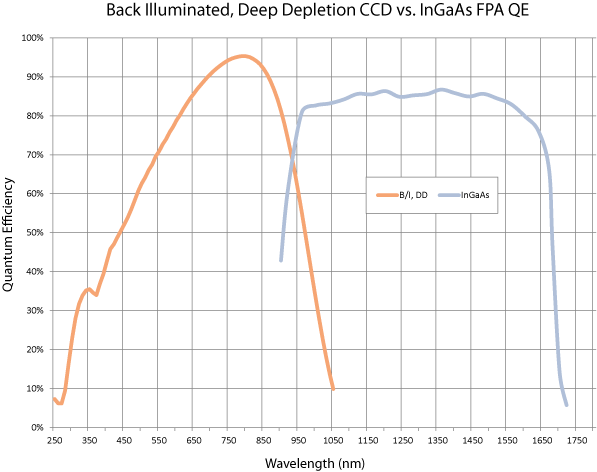Optimizing Detection in Whole Animal In vivo Imaging

Animals studies contribute significantly to our understanding of human disease, and function as an established and essential step in the development of treatments and other therapeutic agents. These studies are conducted in the preclinical phase, preceding drug screening in human clinical trials. The aim of these studies is to determine efficacy, safety, dosing, and toxicity, as well as risk-benefit trades. There are many established, standardized methods implementing animal studies in life science…Read Full Article
Instrument Automation via National Instruments LabVIEW®
While many labs use LabVIEW for instrument automation, quite often researchers find it daunting to create their own vi’s if a sub-vi for a desired function is not provided by the instrument manufacturer. Teledyne Princeton Instruments provides robust documentation and building blocks to help most users perform their desired automation without…Read Full Article

Introduction to Scientific InGaAs FPA Cameras

Working in the near infrared (NIR) and shortwave infrared (SWIR) regions of the spectrum offers researchers several advantages, such as the abilities to circumvent unwanted fluorescence backgrounds and to probe more deeply into sample surfaces. Imaging and spectroscopy techniques performed in the NIR/SWIR are playing an increasingly important role…Read Full Article
